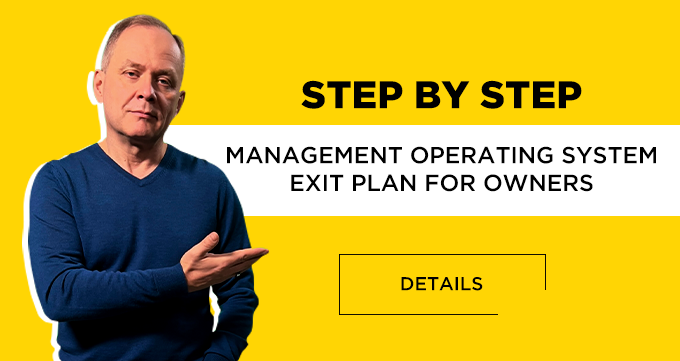Linear Management Structure: How a Simple Model Works and Where It Stifles Growth
If a company is in disarray, the cause is almost always a dysfunctional structure. Tasks aren't completed, employees burn out, and the owner ends up doing everything themselves. According to McKinsey, a well-designed management structure increases business efficiency by 30% and accelerates goal achievement by a quarter.
However, there's no universal blueprint. Everything depends on the tasks, scale, and market dynamics. One of the most common models is the linear structure. It seems logical, but as a company grows, it can become a serious limitation.
How a Linear Structure is Organized
A linear management structure is a model where each employee reports to a single manager. Decisions flow from top to bottom. There are no overlaps, no dual reporting lines. It's simple: one team, one boss, one area of responsibility.
This structure is often used in manufacturing, retail, and micro-businesses. For example, in a small store, the owner directly manages the salespeople without intermediate links. It's convenient and clear.
Advantages of a Linear Structure
Simplicity Clear distribution of roles and responsibilities. Every employee knows who they report to and what their tasks involve. Fewer conflicts, less confusion.
Control All management decisions are made at the top. This simplifies strategic planning and provides a high level of control. It's especially useful in businesses with operational specifics.
Cost-Effectiveness Minimum management layers mean fewer salaries and lower overheads. According to Deloitte, companies with a simple structure spend an average of 18% less on management budgets.
Quick Implementation The model can be implemented in as little as a week. This is why 67% of small businesses use a linear structure in their early years.
Disadvantages of a Linear Structure
Manager Overload The more people reporting to one manager, the higher the overload. One manager cannot effectively manage more than 5-7 employees, especially if they perform different functions. This creates a bottleneck where decisions and tasks get delayed.
Slow Adaptation If the market changes, a company with a vertical structure reacts more slowly. A decision must go through several levels of approval before reaching the executors.
Departmental Isolation Departments don't interact directly with each other. This creates barriers, hinders knowledge exchange, and leads to duplication of work. In logistics and retail, this can cost a company tens of millions.
Limited Employee Development A rigid vertical structure limits staff growth. Employees rarely see other departments, don't develop related skills, and lose motivation.
Initiative Not Encouraged Decisions are made only from the top. Employees on the ground don't participate in the company's development. This reduces engagement and turns work into a formality.
Where the Linear Model Really Works
- In small businesses with up to 30 employees.
- In operationally intensive companies: warehouses, manufacturing, technical support.
- In situations where the key task is to ensure discipline, not flexibility.
For example, a fast-food restaurant chain during its scaling phase. The linear structure allowed for quick implementation of service standards, regulations, and reporting systems. However, when expanding into new markets, a different, more flexible and functional model was required.
Comparison with Other Structures
A functional structure divides the business by departments: marketing, sales, finance. A matrix model combines vertical and horizontal connections. A decentralized structure delegates decision-making downwards.
The linear structure wins in clarity but loses in flexibility. If your company is growing or launching several initiatives in parallel, you'll need to transition to a more complex architecture.
What Business Owners Should Do
A linear management structure is effective at the start, when you're personally involved in processes and can make quick decisions. However, as the company grows, it starts to hinder progress. Communication bottlenecks, errors at intersections, and management overload begin to emerge.
Review your structure every six months. If you notice that decisions aren't being implemented on time, employees don't understand who is responsible for what, or you're bogged down in day-to-day operations—it's time to reorganize your management.
A linear structure provides discipline, clarity, and control. But it's not designed for growth and complex systems. If you're planning to scale, plan for a transition to a more adaptive structure in advance and take advantage of our collection of 50 free regulations that can help your business.

